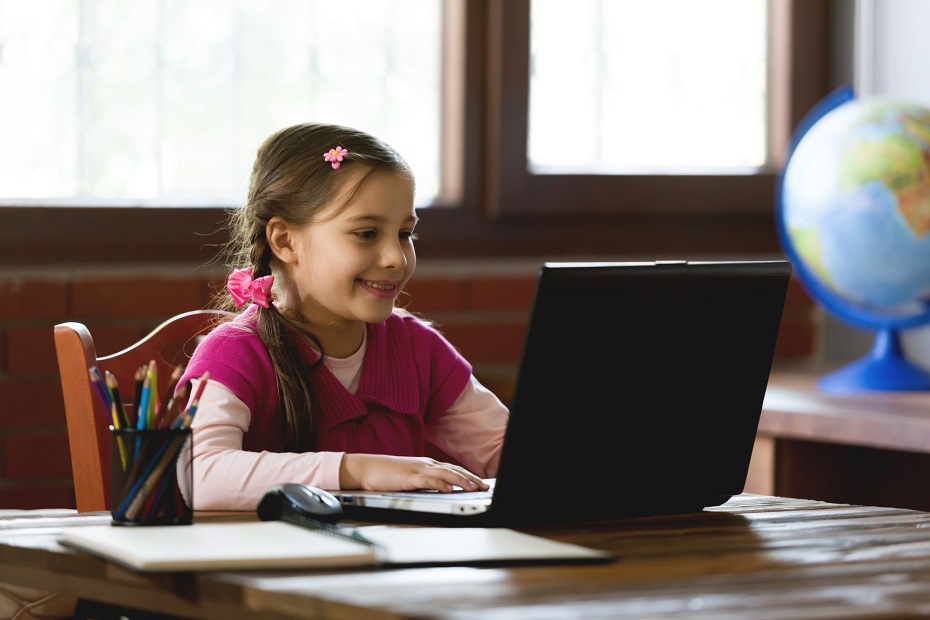
In today’s rapidly evolving world, traditional education methods are being reimagined, thanks to the advent of digital classrooms and virtual schools. This transformative shift in the educational landscape brings about new opportunities and challenges for educators, students, and parents alike. This article delves into the realm of digital classrooms, exploring their real results and the profound impact they have on modern education.
The Evolution of Education: Embracing Virtual Schools
Virtual schools, also known as online schools or cyber schools, have gained significant traction in recent years. These institutions offer a unique learning experience that transcends the confines of traditional brick-and-mortar classrooms. Students enrolled in virtual schools have the flexibility to access their education from anywhere, breaking down geographical barriers and enabling a global community of learners to come together.
Harnessing Technology for Enhanced Learning
Personalized Learning Journeys
Digital classrooms enable personalized learning experiences tailored to each student’s pace, preferences, and learning style. Adaptive learning technologies analyze student performance and deliver customized content and assignments, ensuring no one gets left behind.
Interactive Multimedia Content
Engaging multimedia content, such as videos, interactive simulations, and virtual reality experiences, transforms abstract concepts into tangible, relatable lessons. This immersive approach enhances comprehension and retention, making learning a dynamic and enjoyable process.
Collaborative Learning Beyond Boundaries
Virtual classrooms foster collaboration among students regardless of their physical location. Discussion forums, group projects, and video conferencing tools facilitate peer interaction, encouraging the exchange of diverse perspectives and ideas.
Navigating Challenges in the Digital Realm
Ensuring Technological Equity
As digital classrooms become more prevalent, it’s crucial to address the digital divide. Ensuring that all students have access to the necessary technology and reliable internet connection is paramount to equitable learning opportunities.
Self-Discipline and Time Management
Virtual schools demand a higher degree of self-discipline and time management skills from students. Learning to balance coursework with other commitments is a valuable life skill that students acquire through this mode of education.
Overcoming Social Isolation
While virtual schools offer flexibility, they can also lead to social isolation. Students miss out on the face-to-face interactions that traditional schools provide. Educators must actively create opportunities for virtual socialization to mitigate this challenge.
Realizing the Impact: Success Stories
Empowering Non-Traditional Learners
Virtual schools cater to diverse learning needs, including students with disabilities, athletes, performers, and those seeking an alternative to the traditional classroom environment. These platforms empower individuals who might have otherwise faced barriers to education.
Global Learning Communities
Digital classrooms transcend borders, allowing students from different cultures and backgrounds to collaborate seamlessly. This global perspective fosters cultural sensitivity and prepares students for a connected world.
Accelerating Learning Paths
Advanced learners can thrive in virtual schools by progressing through material at their own pace. They have the flexibility to delve deeper into subjects of interest, potentially completing coursework ahead of schedule.
Frequently Asked Questions (FAQs)
How do virtual schools work?
Virtual schools deliver education through online platforms, offering a wide range of courses and interactive content. Students log in, access their lessons, submit assignments, and engage with peers and educators virtually.
Are virtual schools accredited?
Yes, many virtual schools are accredited by recognized educational bodies. Accreditation ensures that the curriculum, teaching methods, and assessments meet established standards of quality and rigor. i30 Virtual school is accredited by Rajasthan State Govt.
How do virtual schools foster social interaction?
Virtual schools use discussion boards, group projects, virtual clubs, and video conferencing to facilitate social interaction among students. These platforms simulate the collaborative environment of a traditional classroom.
What are the benefits of personalized learning?
Personalized learning allows students to progress at their own pace, grasp concepts thoroughly, and explore subjects of interest deeply. It also helps identify and address individual learning gaps.
How do virtual schools support struggling students?
Virtual schools often offer additional support through one-on-one virtual tutoring, access to digital resources, and adaptive learning technologies that provide targeted interventions based on student performance.
How can parents get involved in virtual schooling?
Parents can stay engaged by monitoring their child’s progress, communicating with educators, attending virtual parent-teacher conferences, and participating in school-sponsored events.
Conclusion
The rise of digital classrooms and virtual schools marks a pivotal moment in education, offering an innovative approach that caters to the diverse needs of today’s learners. From personalized learning journeys to global collaborations, these platforms are reshaping the way students learn and engage with the world around them. As we navigate the challenges and embrace the opportunities presented by digital education, it’s clear that the impact of virtual schools extends far beyond the virtual realm, shaping the future of education for generations to come.
